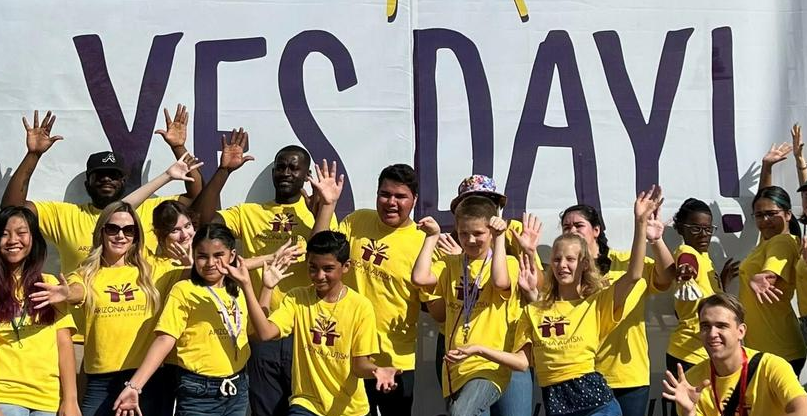
Parents increasingly are looking for more options for their child’s education beyond their local district school, a trend spurred by flagging test scores and politically divisive curricula. As a result, many are pulling their kids out of the traditional school system. Yet despite this enthusiasm for greater choice, logistical difficulties are preventing parents from improving their child’s education.
Parents, public policy scholars, and politicians in favor of school choice frequently have focused on legal regulations, resulting in much positive change. But even as districts have loosened restrictions, many parents still are practically unable to send their children to the school of their choice because they lack quality public transportation.
A new report from A for Arizona shows that lack of transportation is one of the driving factors keeping parents tethered to the local district. The “yellow school bus” system is strikingly outdated, serving fewer households than ever. Nevertheless, the school transportation system is massive, larger than any other mass transit system in the country.
Parents who lack the resources to drive their children to school must rely on this old-fashioned system, which poses an obvious problem: Local school buses travel only to the nearby school, effectively locking low-income parents into the local public school. This has significant ramifications for school choice.
Activists either can choose to focus on creating even more schools, or they can work to modernize transportation and extend the range of accessible options for parents.
School choice activists, who convincingly have advocated for the right to establish a greater diversity of schools, must not overlook school accessibility. One easy way local government can make schools more available to children of all socioeconomic backgrounds is to get out of the way.
Regulations on school vehicles, like whether charters must use a yellow school bus to drive kids to school, are stifling innovations; eliminating these rules would be uncontroversial and productive.
There is a role for local governments to play in the solution. Modernizing the logistical system would help parents and lead to more educational equity. Luckily, recent government initiatives show how state and local governments can give communities the practical resources to improve educational outcomes. One such example is Denver’s new “shuttle system”, which has attracted praise.
Arizona has also taken positive steps in this regard. Gov. Doug Ducey approved a $20 million grant program as a pilot to incentivize district and charter schools to propose solutions to the transportation challenge. Grant awardees for Arizona Transportation Modernization Grants recently were announced, and the proposals offer exciting and feasible solutions to local issues.
One grant was given to an Arizona rural district that gained many students through open enrollment. Their local public-school transportation “system” consisted of only one dilapidated bus, which made accommodating the influx of additional children difficult. The grant will support a school bus with Wi-Fi and other technological amenities so that these rural school children have internet access while completing the long rural bus route.
Other charter schools and local districts are using funds to authorize school vans, rather than buses, to increase the number of vehicles that can pick up kids.
These targeted policies that increase access to nearby schools are not trivial but genuine advancements for schoolchildren. The “micro-transit solution” proposed in Arizona could help many urban communities, and the idea is easily portable to districts across the country.
It is said that states are laboratories of democracy. This is a noble calling, and local governments should be willing to take chances to holistically improve their school systems.
School choice helps those financially and socially disadvantaged receive a high-quality education. Unfortunately, the poorest in society are the ones most affected by the government’s inability to provide adequate school buses. As parent Alysia Garcia told lawmakers:
“What is the point of having a great open enrollment policy if families aren’t able to utilize it? I’m fortunate to have a vehicle to transport my kids. What about the kids who don’t have vehicles?”
Transportation is not a glamorous issue. However, it is deeply important for the day-to-day lives of families. School transportation is a burden that will only worsen unless districts take active measures to change course. Longstanding problems have been left unaddressed, and many issues have been exacerbated by the recent bus driver shortage.
Local governments should work with school choice supporters to get serious about improving the transportation infrastructure around schooling. Focusing on improving access to reliable infrastructure will prevent students from being trapped in their local district school.
The desire for school choice has never been greater. Transportation limitations should not be the reason why a child’s education stalls.


